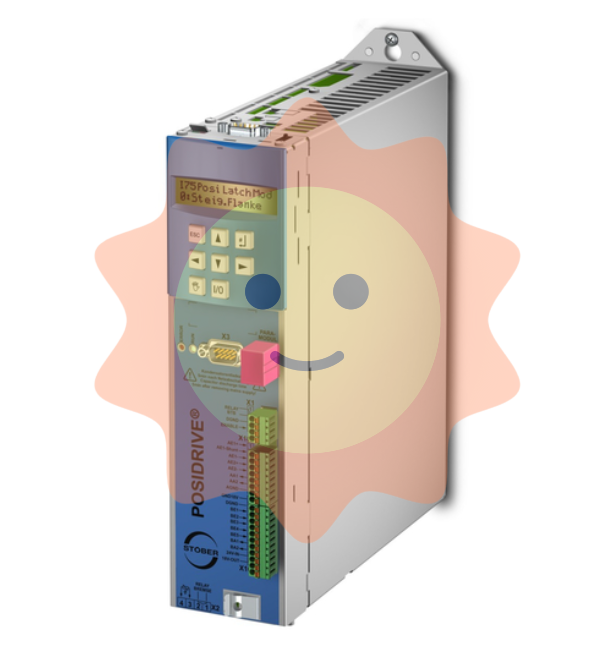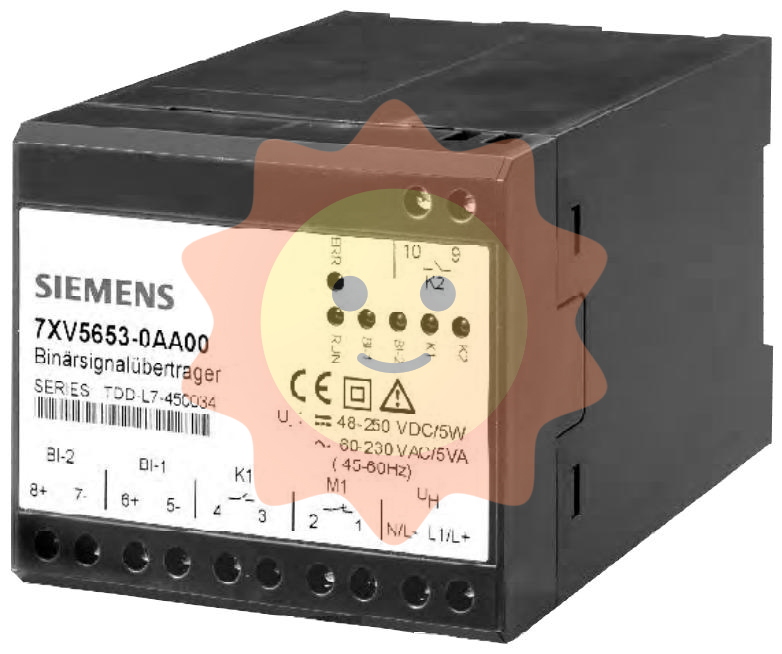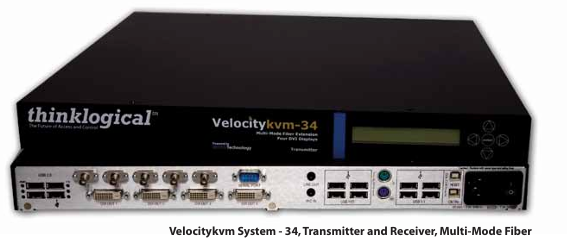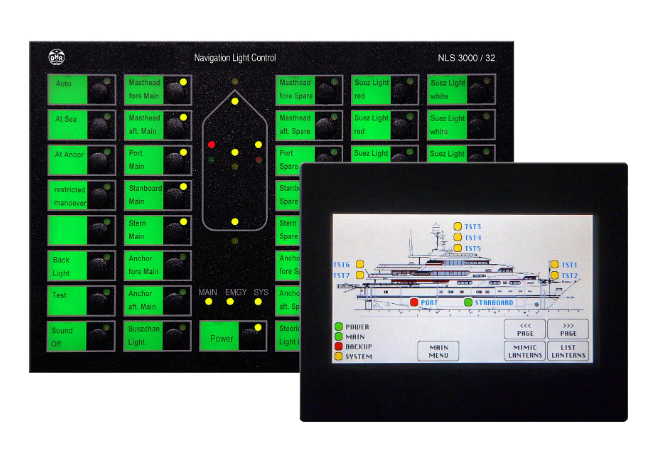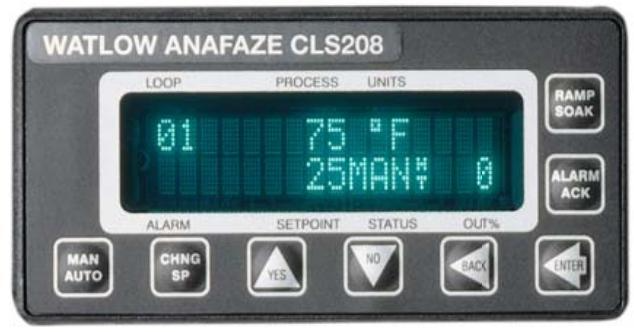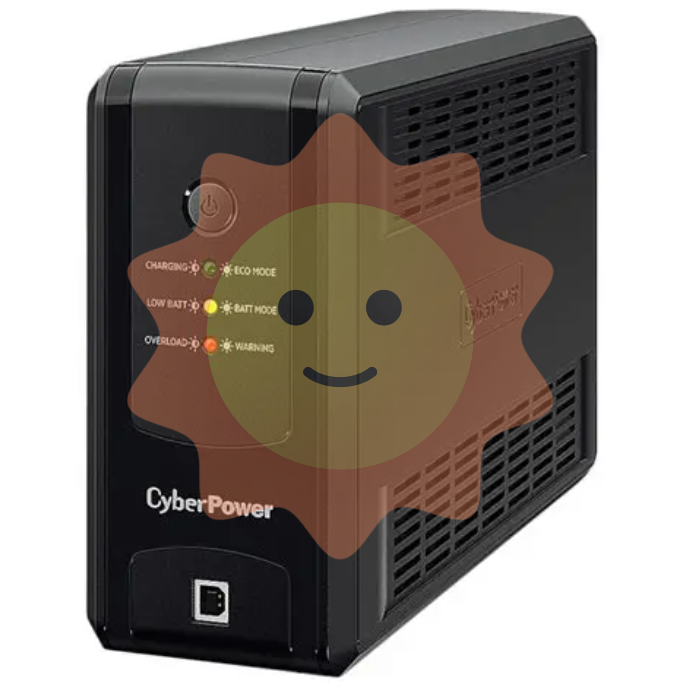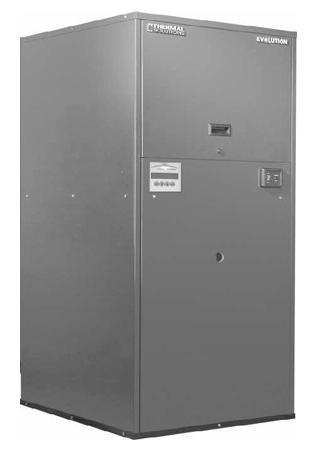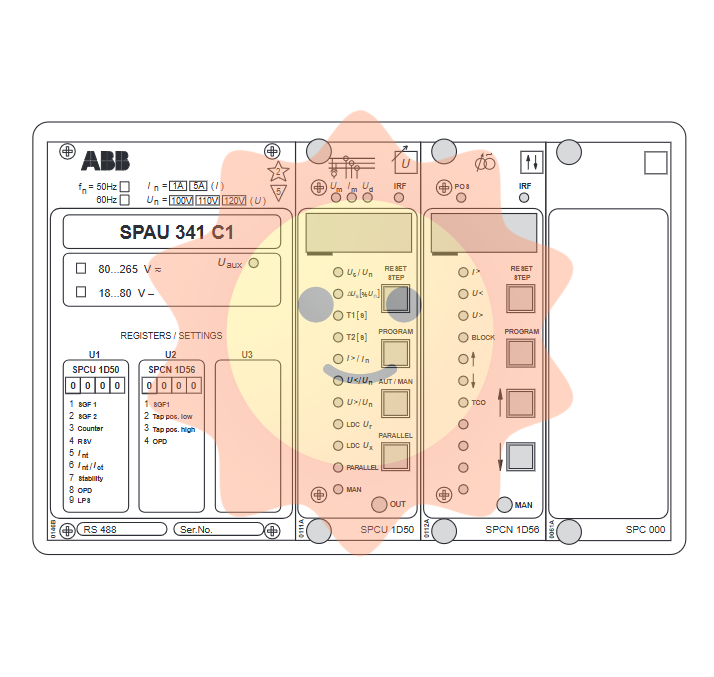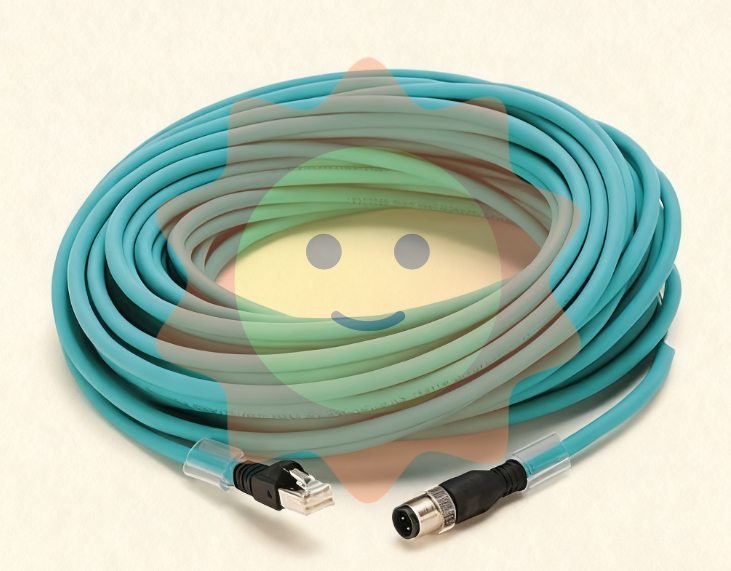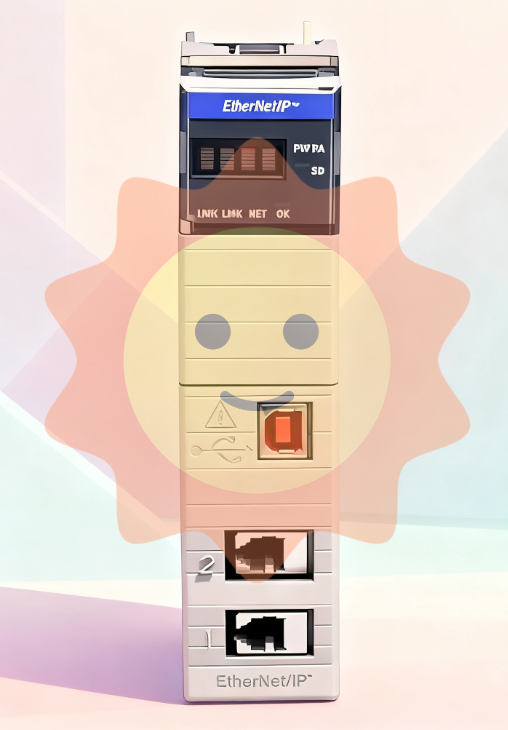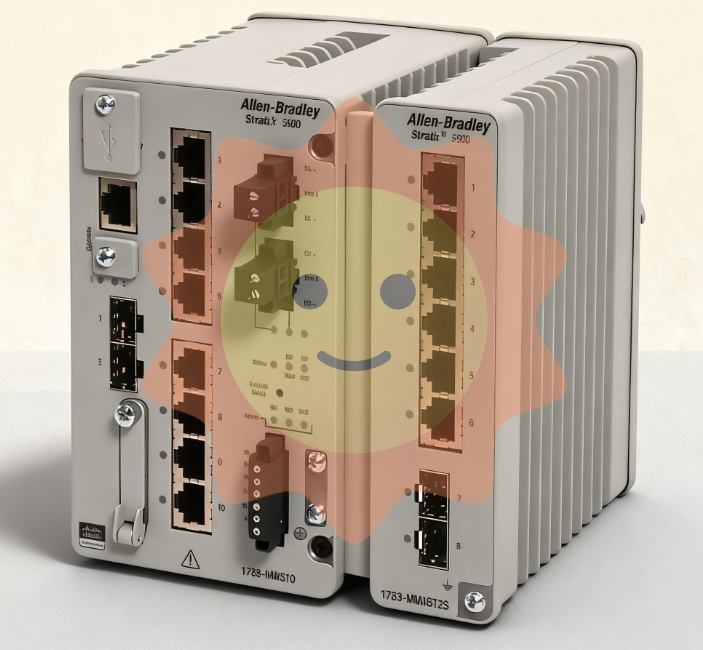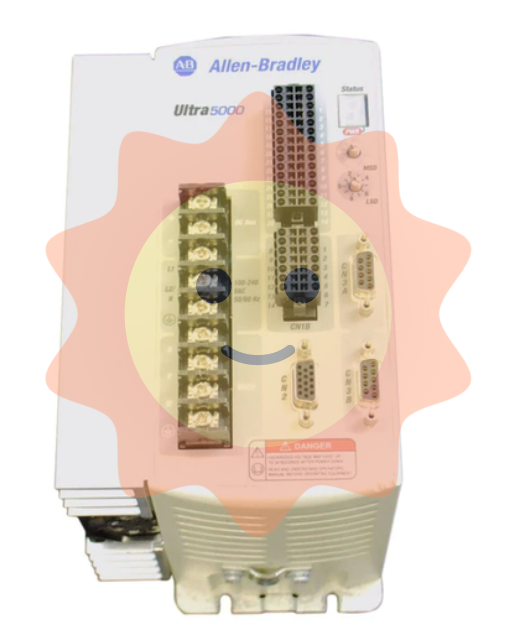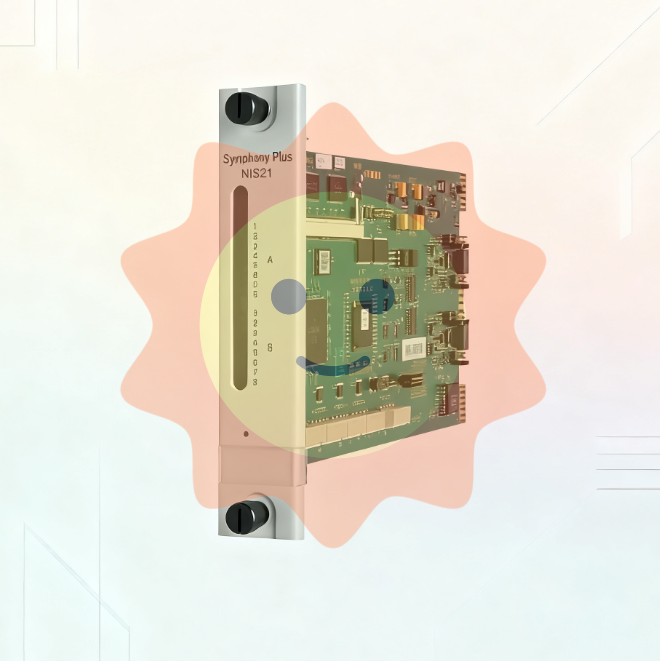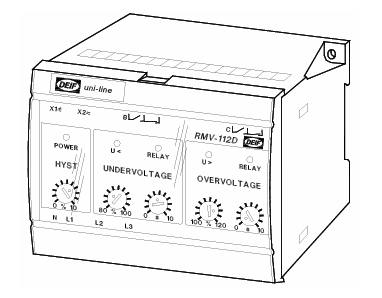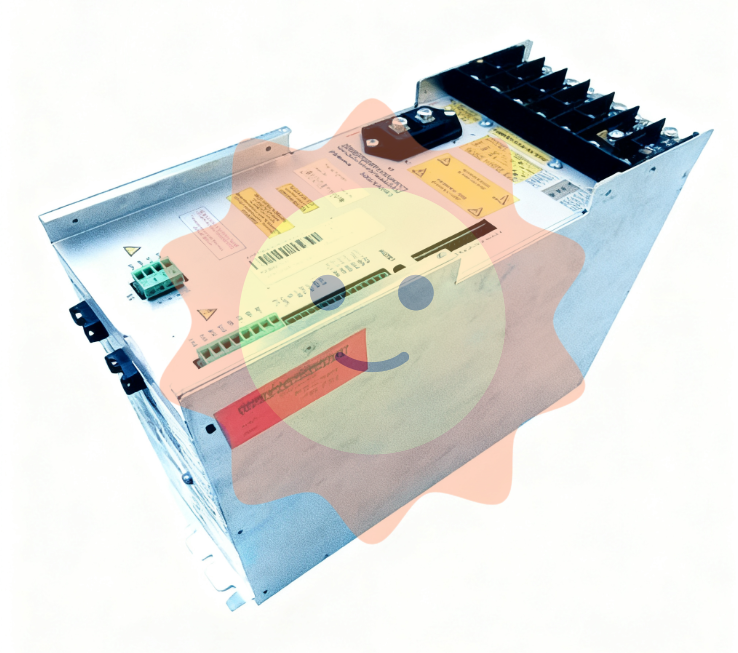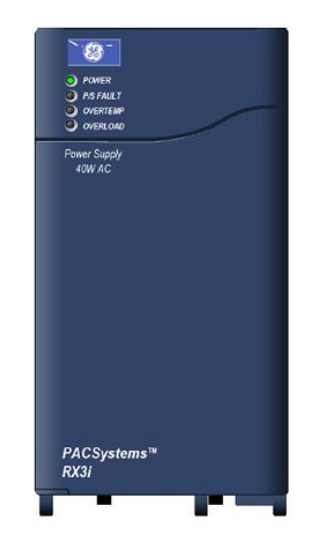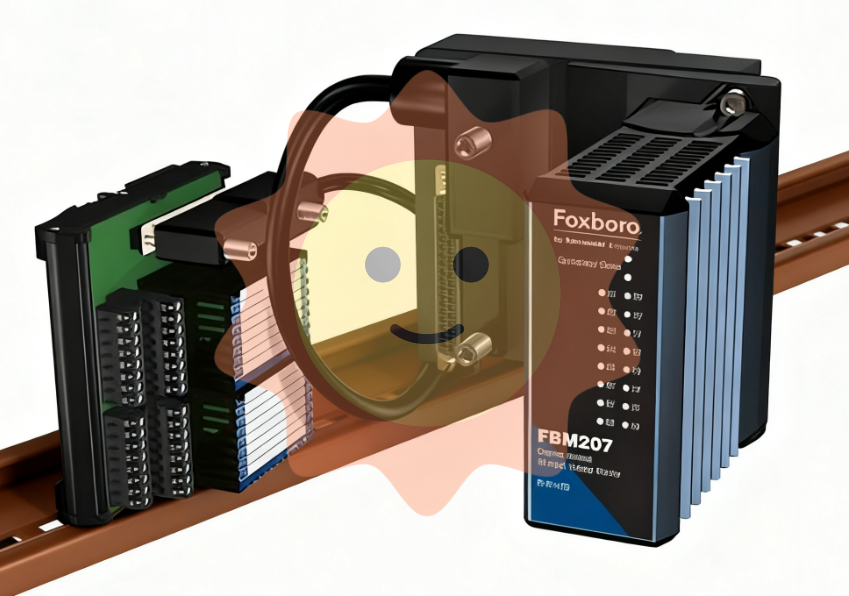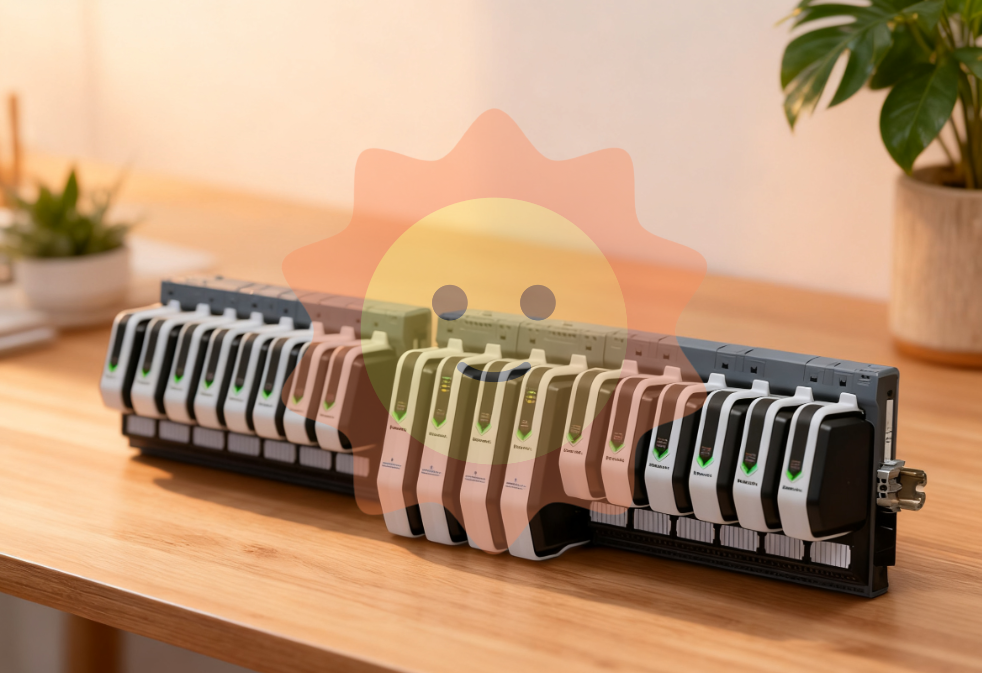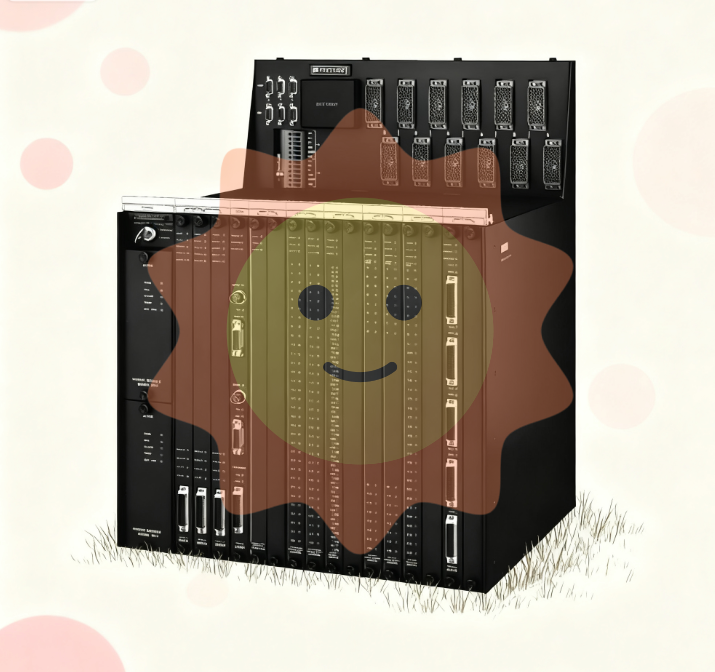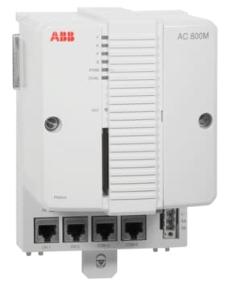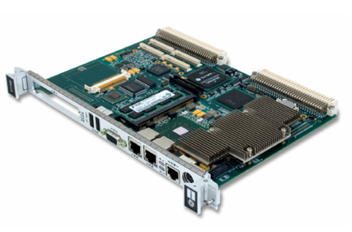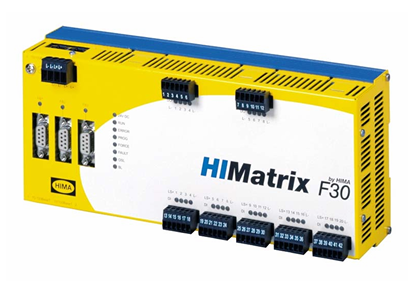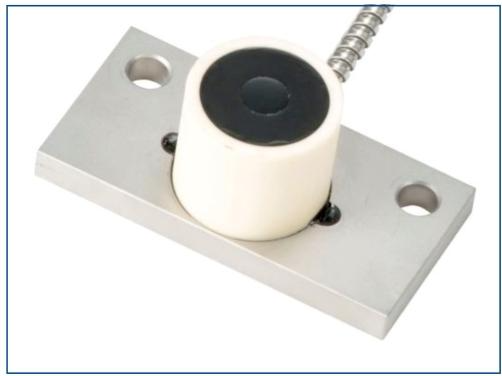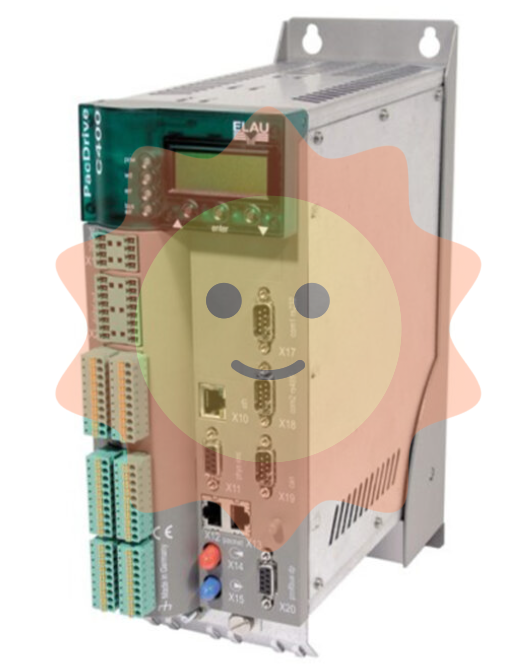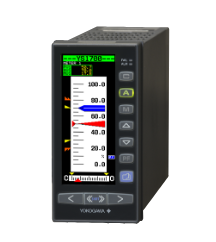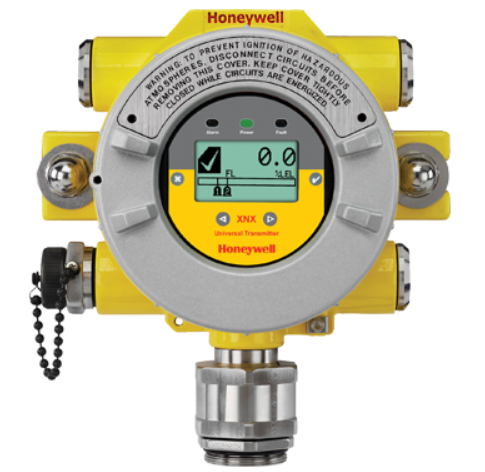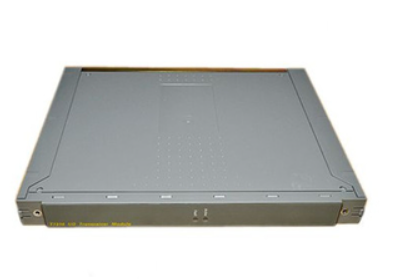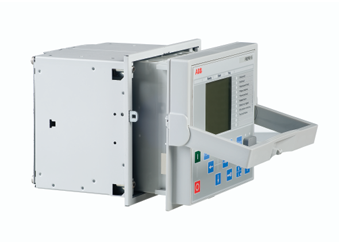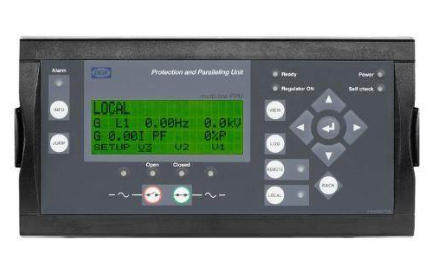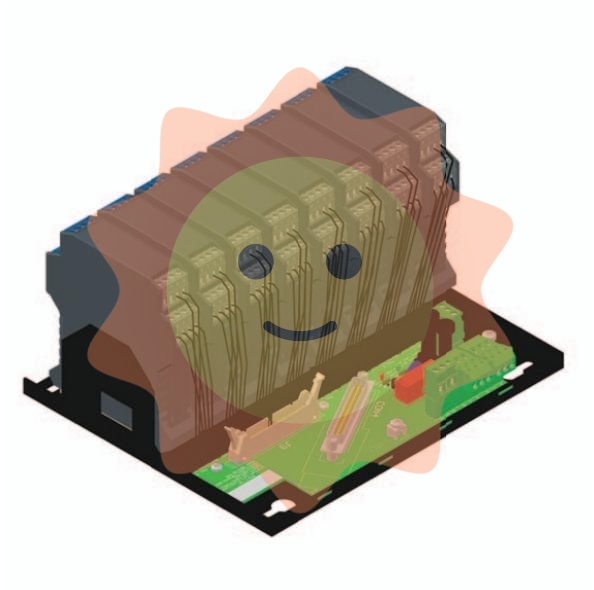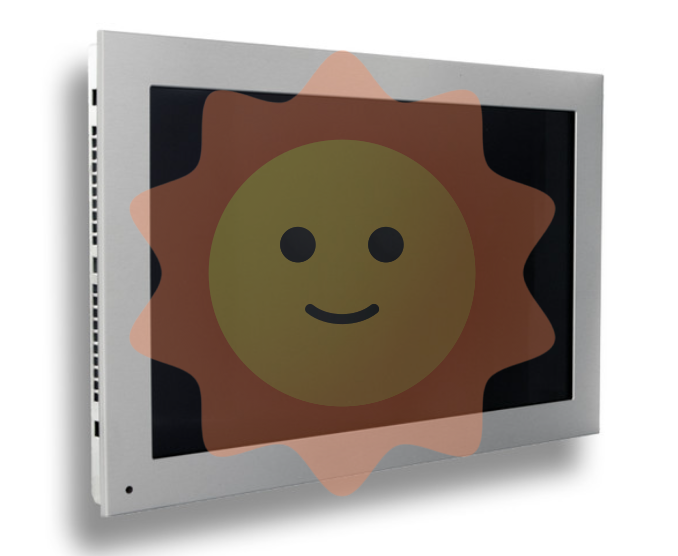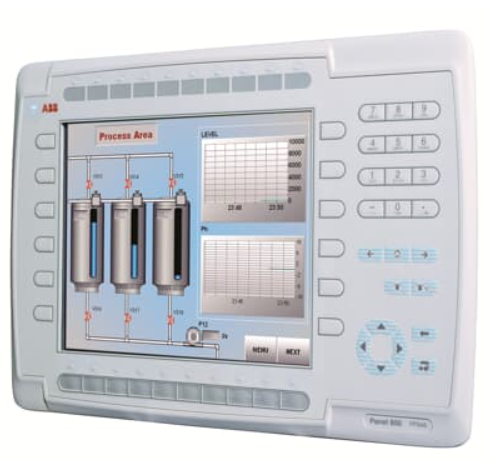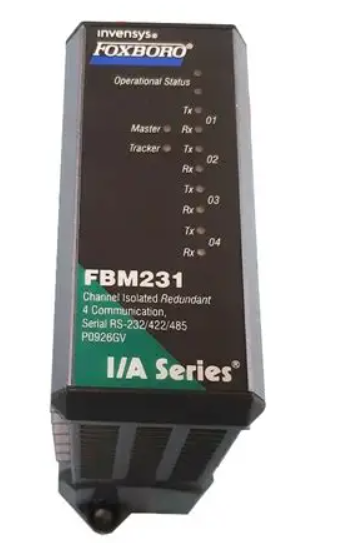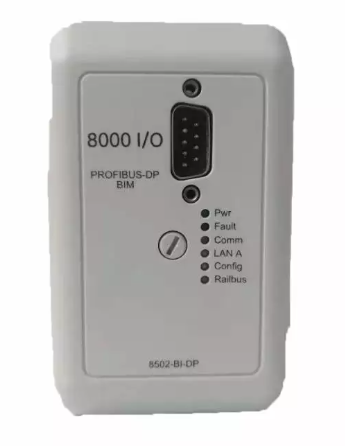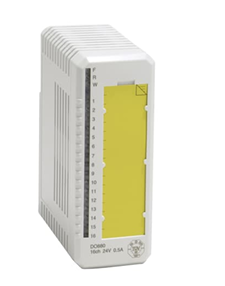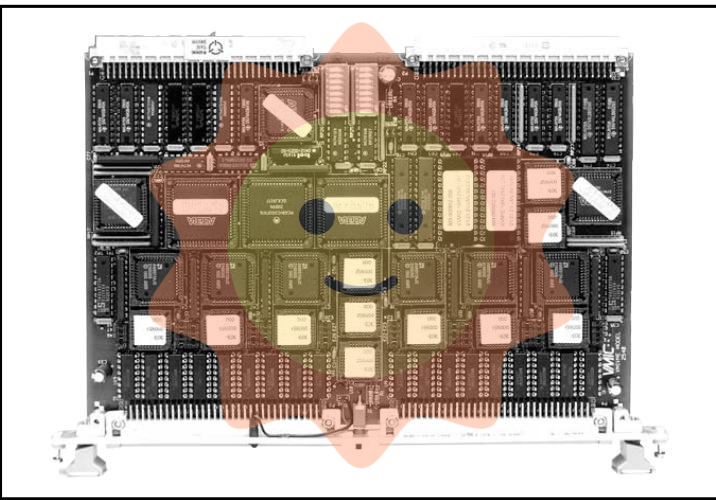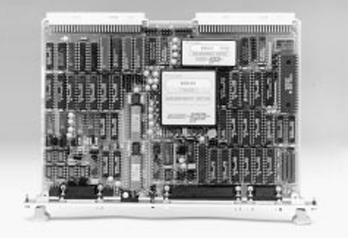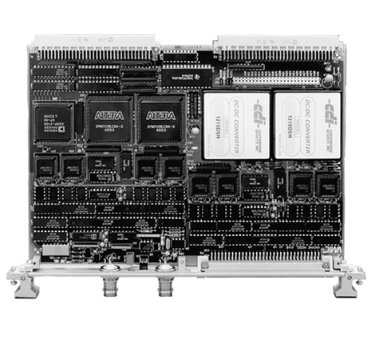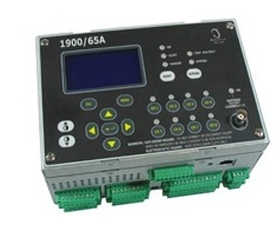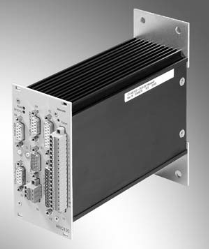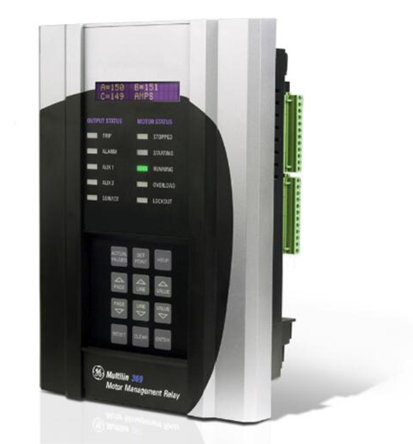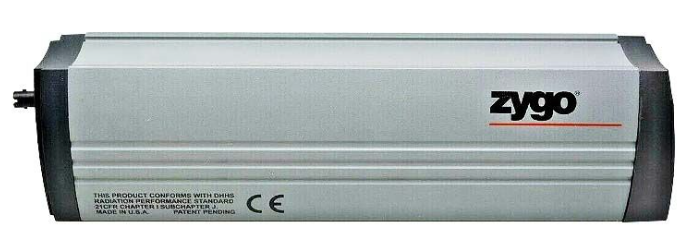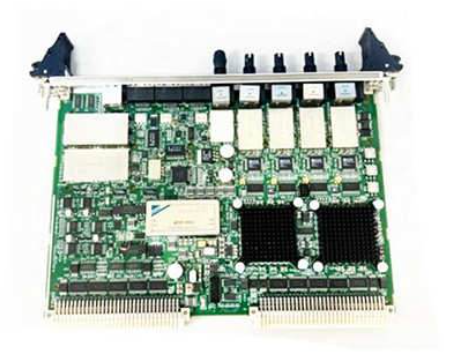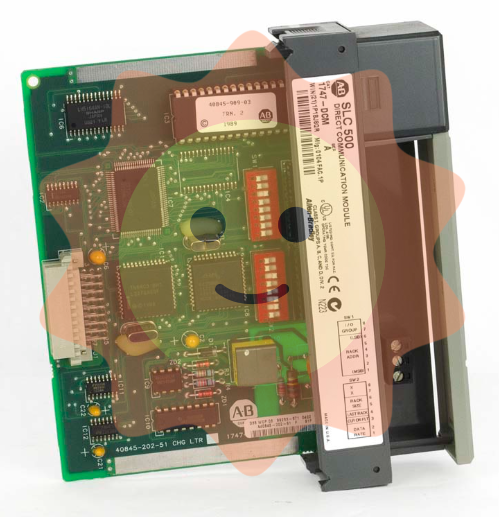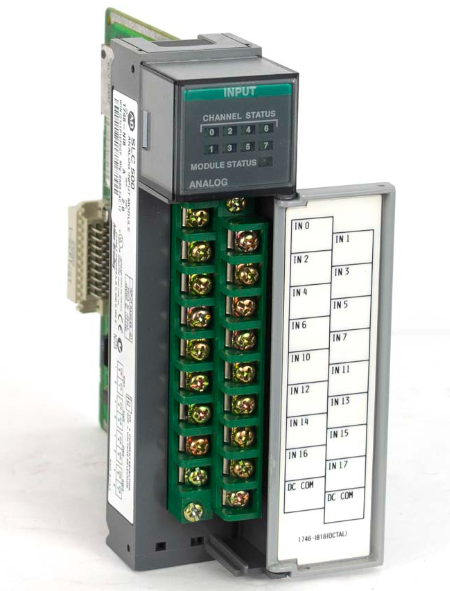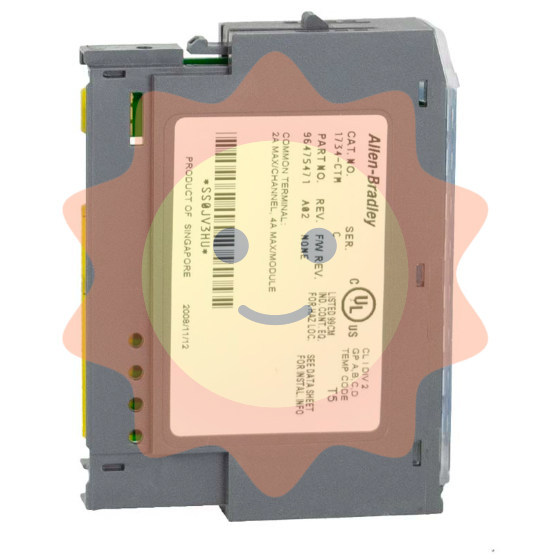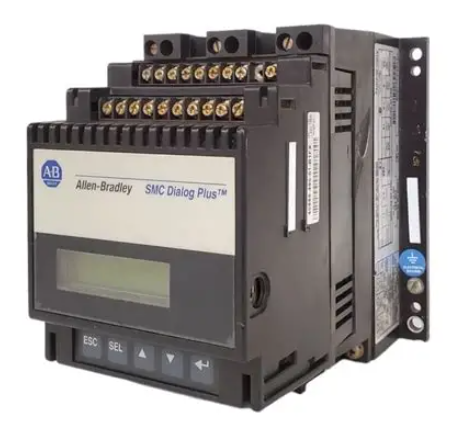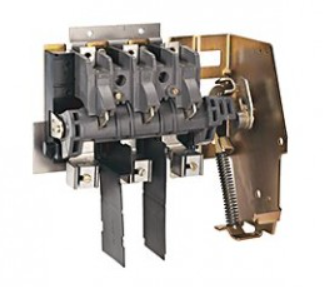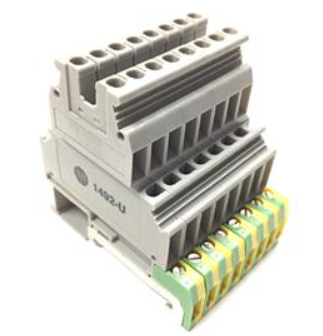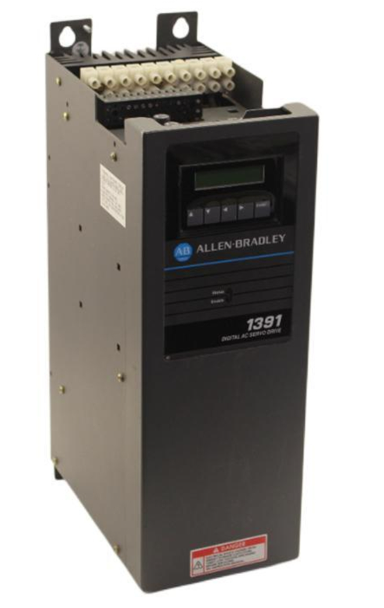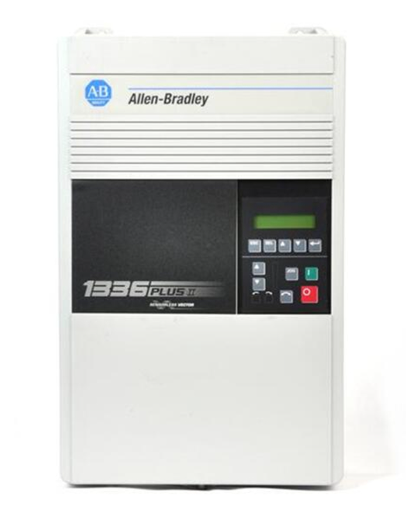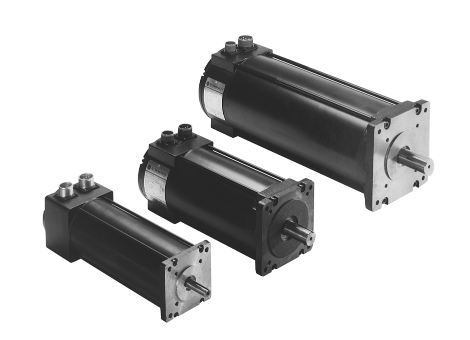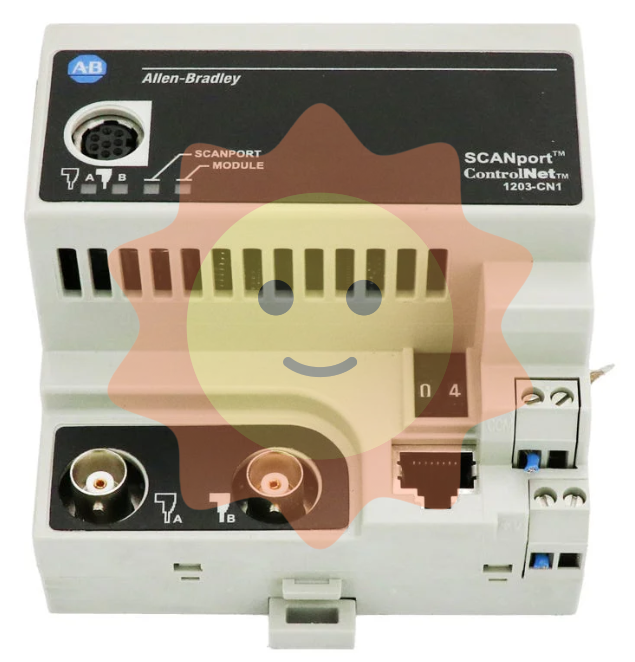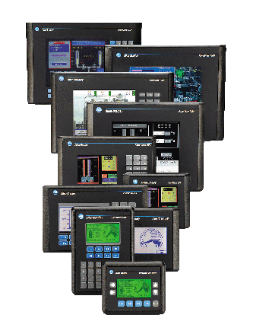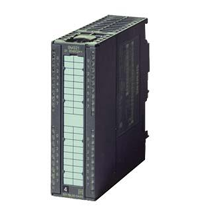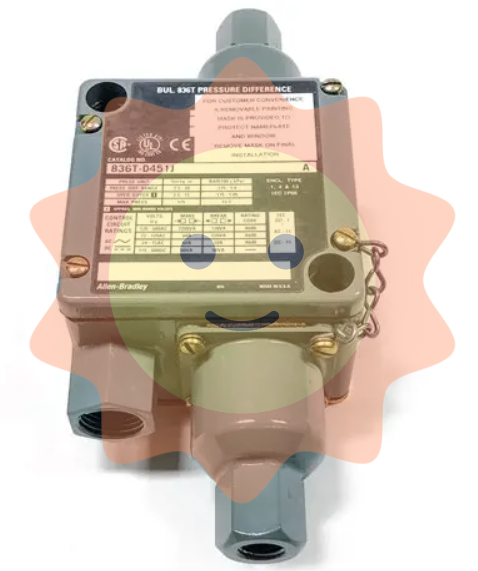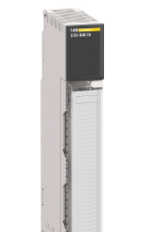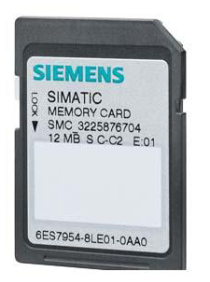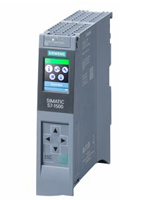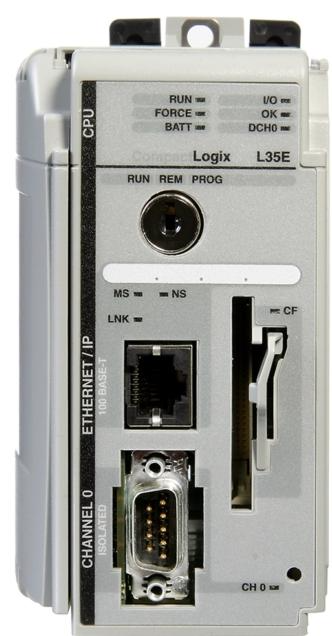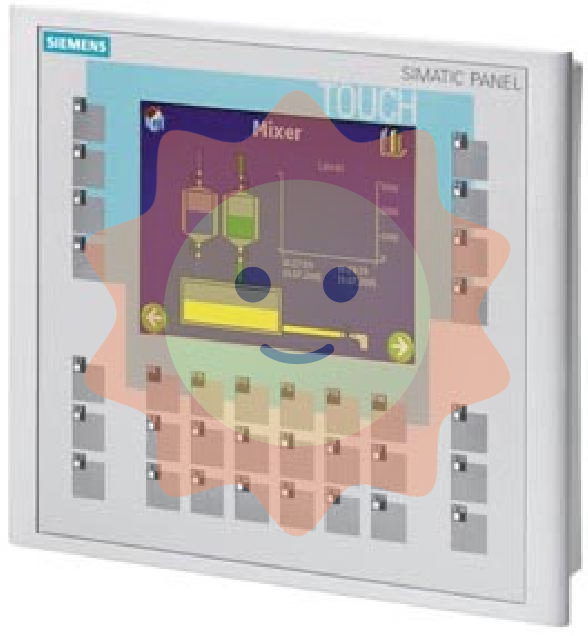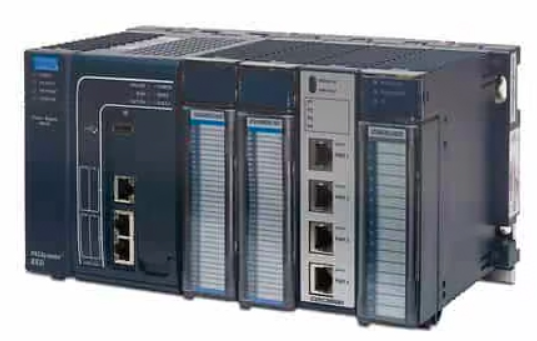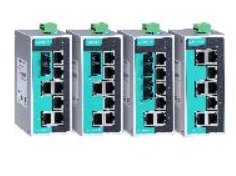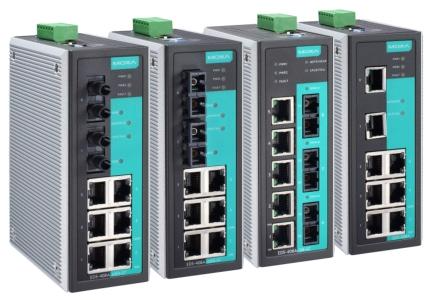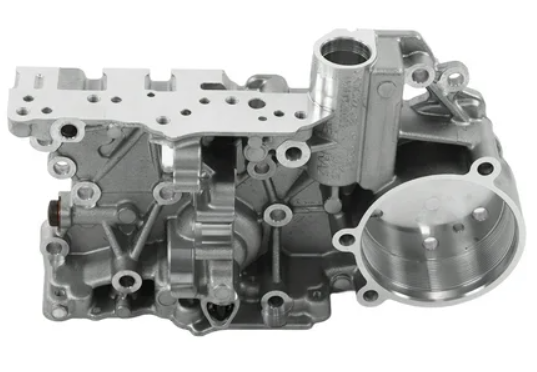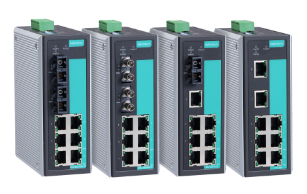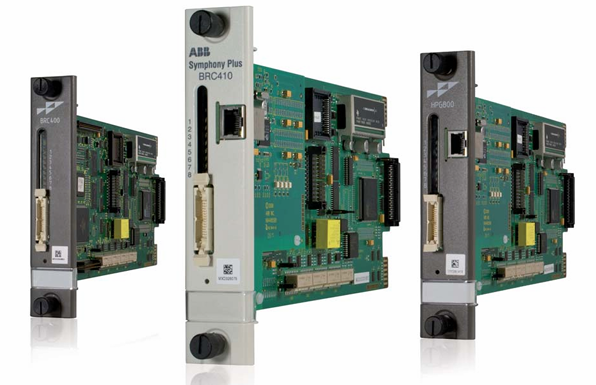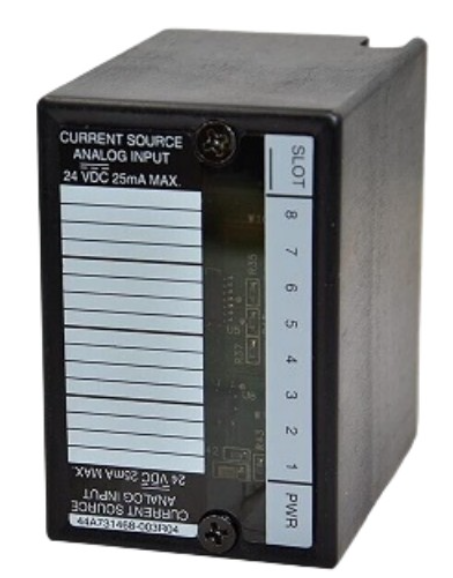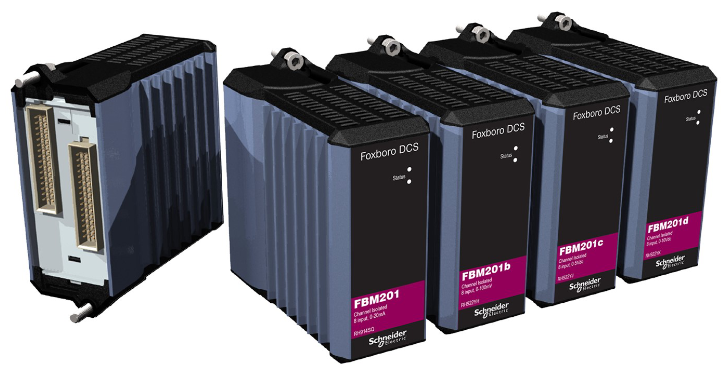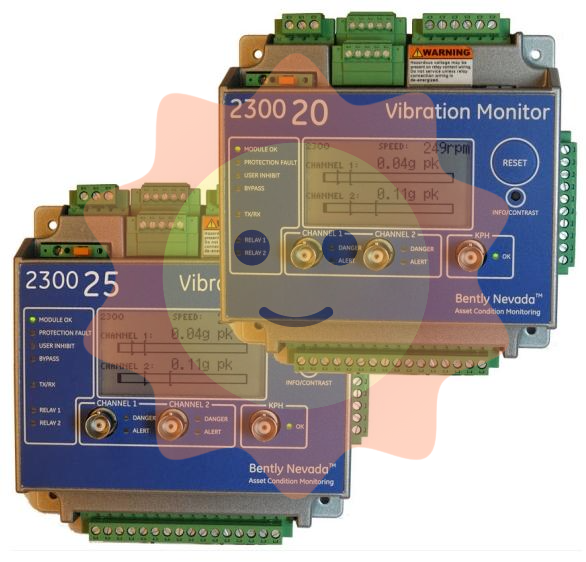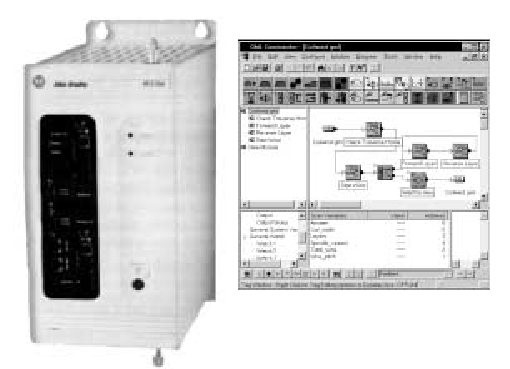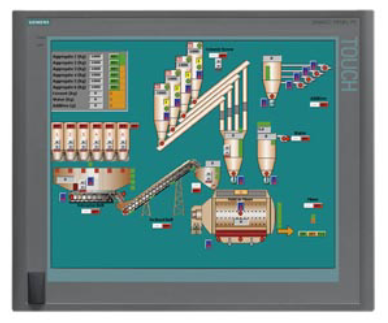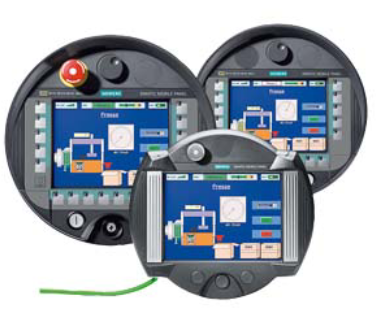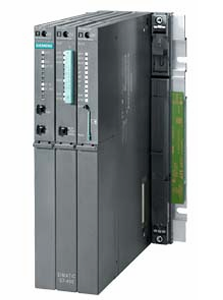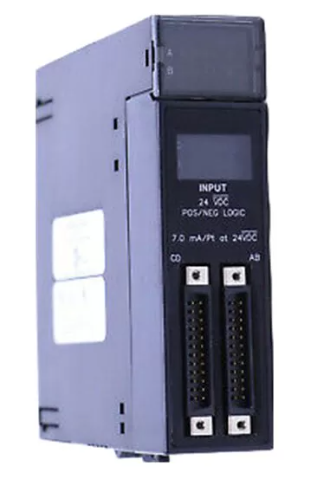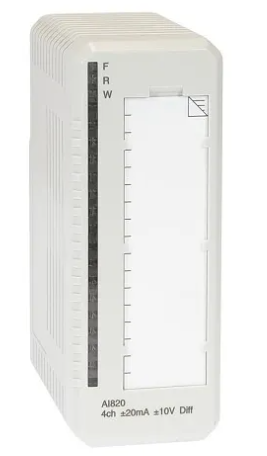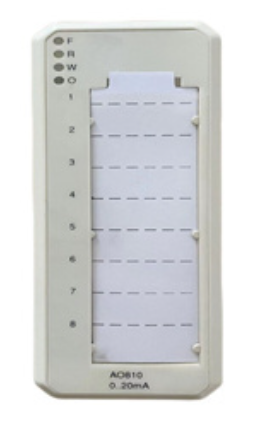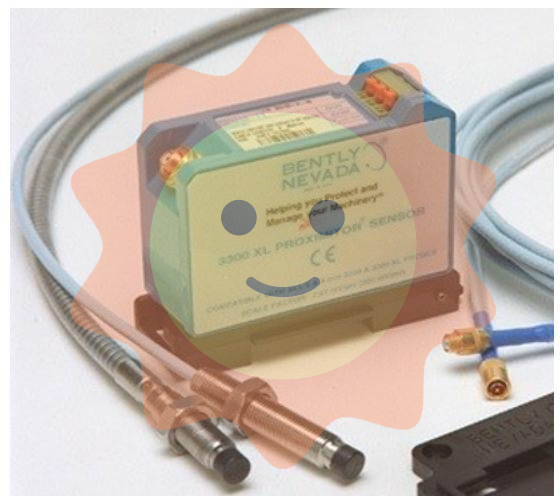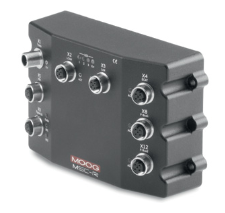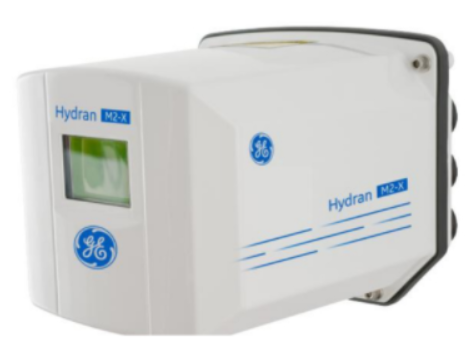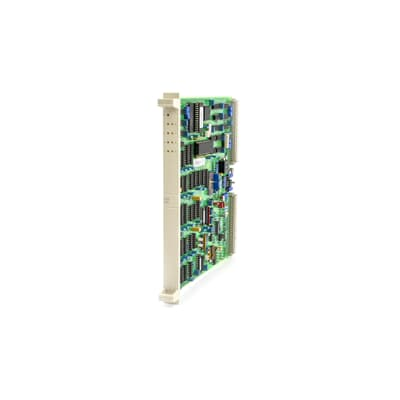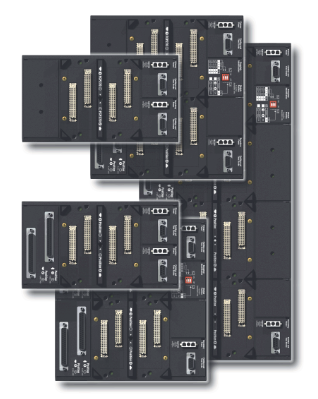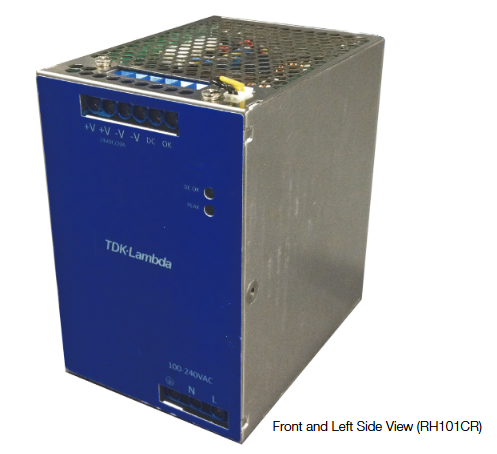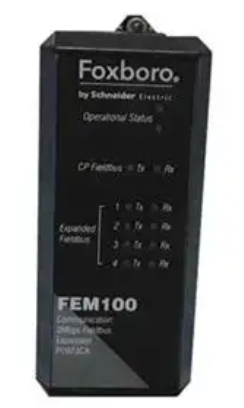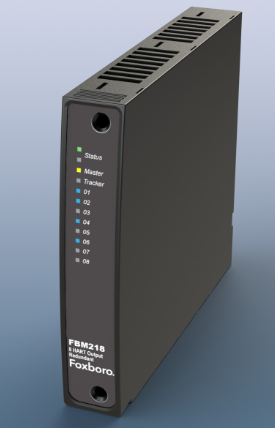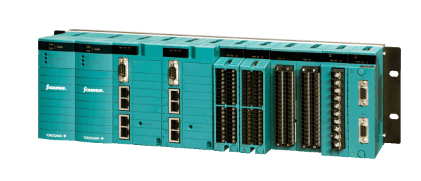ABB Electrical E 234-MFR Relay Module
Basic Introduction
ABB Electrical E234 - MFR Relay Module is a relay module. It performs various functions in electrical systems such as signal conversion, control and protection.
Functional features
Signal conversion function
The MFR Relay Module is able to receive different types of input signals, such as digital (high and low levels) and analogue (voltage and current signals), and convert them into relay action signals. For example, in an industrial automation environment, it can receive analogue signals from sensors (e.g. temperature sensors, pressure sensors), and when the signal reaches a certain threshold, it triggers the relay to act, outputting switching signals to control other devices, such as the start or stop of motors, the opening and closing of valves, etc.
Control Function
Multiple relay channels are provided, which can be flexibly configured by the user according to specific control requirements. These relays can realise logic control, such as ‘with’, ‘or’, ‘not’ and other basic logic relationships. Taking the automation production line as an example, by setting the logical relationship between different relays, it can control the sequential starting, stopping or co-operative work of multiple devices. At the same time, the relay module can also realise the function of timer control, through the internal timer setting, triggering the relay action after a predetermined period of time, which is very useful for some equipments that need to be operated at regular intervals (e.g. timed switching of the lighting system, timed reminder of maintenance of equipments, etc.).
Protection Functions
With overload protection and short circuit protection mechanism. When the output load is overloaded or short-circuited, the relay module can automatically cut off the output to protect itself and the connected equipment from damage. In some complex electrical environments, such as factory floors or power distribution systems, this protection feature can effectively improve the safety and reliability of the system. In addition, some relay modules may also have an under-voltage protection function, which stops the action of the relay when the input voltage is lower than a certain range of the normal operating voltage, preventing the equipment from being damaged by working under unstable voltage.
Status Indication Function
Usually equipped with status indicator lamps, used to display the working status of each relay, such as the relay's suction (normally open contact closure) and release (normally open contact disconnection) status. This allows the user to visualise the operation of the relay module, facilitating troubleshooting and system maintenance. In a large control system containing multiple relay modules, the status indicator can quickly locate the faulty relay, reducing troubleshooting time.
Communication Features (where available)
Some advanced E234 - MFR Relay Modules may support communication interfaces, such as RS-485, CAN bus, and so on. Through these communication interfaces, the Relay Module can exchange data with other automation devices (e.g. PLCs - Programmable Logic Controllers, host computer monitoring systems, etc.). For example, in an intelligent building control system, the relay module can send its own status information (e.g. number of relay actions, fault information, etc.) to a host computer, and at the same time receive control commands from the host computer for remote monitoring and centralised management.
Application Fields
Industrial automation
In factory production line control, it is used to control the operation of various motors, valves, conveyor belts, and other equipment. For example, in automobile manufacturing plants, relay modules are used to control the work sequence of welding robots, the start and stop of painting equipment, and the operation of parts conveyor systems. Meanwhile, in industrial process automation, such as chemical and pharmaceutical industries, it is used to control the temperature, pressure and other parameters of the reaction kettle, and to achieve precise control of the heating equipment, stirring equipment, valves and so on through relay modules.
Intelligent Building
Widely used in the lighting system, HVAC (heating, ventilation and air conditioning) system, lift control system and other aspects of the building. In the lighting system, it can achieve the control of the switch and brightness adjustment of lamps and lanterns according to the light intensity, personnel activities and other factors; in the HVAC system, it can control the operation mode and start/stop time of air-conditioning units, fans and other equipments; and in the lift control system, it can control all kinds of auxiliary equipments in lift car, such as lighting and fans in the car.
Power system
In power facilities such as substations and power distribution rooms, it is used as secondary equipment to control and protect primary equipment. For example, it is used to control the breaking and closing operations of circuit breakers, the triggering of signal relays, and to realise the signal conversion and control of various protection devices (e.g. over-current protection, over-voltage protection) in the power system. In addition, in distributed energy systems (e.g., solar photovoltaic power generation systems, wind power generation systems), they are used to control the operation and protection of inverters, energy storage devices, etc.

- User name Member Level Quantity Specification Purchase Date
- Satisfaction :
-









Email:wang@kongjiangauto.com









